Plush toys with LED lights and sounds combine comfort with cutting-edge technology to create interactive,...
The Role of Plush Toys in Early Childhood Education: Interactive Learning
Introduction:
Interactive plush toys are becoming increasingly popular in early childhood education, offering a fun and effective way to enhance learning experiences for young children. Interactive plush toys are not just for cuddling; they are designed to engage children in educational activities that teach essential concepts like letters, numbers, shapes, and colors. Custom plush toys are also being used to create personalized learning experiences, ensuring that each child has a unique educational companion. These toys are interactive and responsive, reinforcing lessons through sound, touch, and movement. In this article, we will explore the growing role of educational plush toys in classrooms and homes, highlighting how they are being used to promote learning and development in young children.
Educational Features
Plush Toys That Teach Core Concepts
One of the primary benefits of educational plush toys is their ability to teach children foundational skills in a fun and engaging way. Many of these toys are designed with built-in features that help teach important concepts such as letters, numbers, shapes, and colors. For example, an interactive plush toy may feature buttons that children can press to hear the names of different letters or the sounds associated with them. Other toys might incorporate shapes and colors, helping children identify and match shapes as they play. These toys often have fun sounds and songs that keep children interested and encourage them to learn through repetition.
Interactive plush toys are designed with young learners in mind. By using auditory cues and physical interactions, these toys can reinforce learning in a way that feels like play rather than traditional education. For example, a toy could say the word “blue” every time a child touches its blue-colored paw or light up with a different color when the child presses a corresponding button. This interaction not only teaches the child the color but also helps them practice motor skills, as they must physically engage with the toy to receive a response.
Interactive Toys That Respond to Children's Voices and Actions
One of the most exciting features of modern custom plush toys is their ability to respond to children's voices and actions. This feature makes learning even more dynamic. For instance, some interactive plush toys are equipped with voice recognition technology, allowing them to respond to simple commands. A child might ask, "What sound does a dog make?" and the plush toy will bark in response. This not only makes learning more engaging, but it also helps children practice language skills by encouraging them to ask questions and engage in conversation with the toy.
In addition to voice interaction, some educational plush toys can respond to physical actions. For example, a toy might respond to a child’s touch or motion by singing a song or reciting a verse from a nursery rhyme. This kind of interactivity helps children understand cause and effect while also reinforcing the concepts they are learning. Children become active participants in their learning, which can improve retention and make the process of learning feel like an adventure.
Consumer Expectations
Demand for More Than Just Cuddly Toys
Today’s consumers are more tech-savvy than ever before, and they demand more from their toys than just softness and cuteness. Modern consumers want electronic plush toys that are fun, engaging, and interactive. These toys are no longer limited to serving as mere comfort objects; they now need to fulfill multiple functions. A growing trend is the desire for toys that can both entertain and educate. Plush toys that incorporate sound, motion, and Bluetooth connectivity are increasingly popular because they provide more engaging experiences. They offer kids and adults a chance to interact with toys in new, innovative ways, making these toys not just for play, but for learning and development as well.
Consumers now look for plush toys that offer value beyond traditional features. The integration of tech features such as customizable sounds, music players, and motion sensors is increasingly becoming a must-have in modern plush toys. Toys like stuffed animal Bluetooth speakers that allow children to play their favorite songs or hear interactive stories bring an element of personalization and creativity to the table that was previously absent in traditional stuffed animals.
Multifunctionality in Plush Toys
There is also a growing interest in multifunctional toys that offer more than just one function. For instance, a toy that works as both a cuddly companion and a Bluetooth speaker can be used for both playtime and relaxation. With many toys now coming with features like night lights, sound effects, and even educational content, parents expect these toys to serve multiple purposes. Custom sound plush toys can be pre-programmed with lullabies to help children fall asleep or with motivational messages to build self-esteem. These multifunctional toys fit into a broader trend of seeking products that offer both entertainment and utility.
Benefits for Learning
Reinforcing Concepts in a Fun and Engaging Way
The main advantage of educational plush toys is their ability to make learning fun. Traditional educational tools, such as flashcards or worksheets, can sometimes feel tedious for young children. However, interactive plush toys bring a sense of excitement and playfulness to education, making it easier for children to absorb information without feeling pressured. By using engaging toys, children are more likely to retain what they learn and are often more motivated to participate in educational activities.
For example, learning the alphabet can become an enjoyable experience when children are interacting with a plush toy that plays a fun song about letters. This active engagement helps children to remember the letters and associate them with fun sounds or images. Similarly, learning numbers or shapes can become an adventure as children interact with a toy that recognizes their actions and responds in a playful way. Through this type of hands-on learning, children can absorb knowledge more naturally, which is essential for their cognitive development.
Enhancing Social and Emotional Skills
In addition to cognitive benefits, interactive plush toys also help children develop social and emotional skills. Many educational toys encourage sharing and taking turns, which are crucial for early socialization. When children play together with an interactive plush toy, they often need to cooperate to make the toy respond, thus learning the importance of working as a team.
Moreover, some custom plush toys are designed to be comforting companions, which help children manage emotions such as anxiety or frustration. A toy that responds with soothing sounds or comforting words can provide reassurance, especially during stressful situations like being away from parents or starting school. These plush toys often act as transitional objects, helping children navigate the changes and challenges of early childhood with a sense of security and comfort.
Teachers' Perspective
Insights from Educators on How Plush Toys Are Used in Classrooms
Educators are increasingly recognizing the value of interactive plush toys in the classroom. Many teachers report that these toys have become invaluable tools for engaging students and reinforcing lessons. According to some teachers, plush toys help create a welcoming and nurturing learning environment. By incorporating toys that respond to children’s actions and voices, teachers are able to make lessons more interactive and exciting. This is especially helpful for children with varying learning styles, as plush toys cater to both auditory and kinesthetic learners.
For example, in a preschool setting, teachers might use custom plush toys to help teach a group of children the days of the week. A plush toy could “speak” each day’s name when pressed, allowing children to practice repeating the words aloud. Other educators use plush toys during circle time to teach colors, numbers, and shapes. Since these toys can hold children's attention longer than traditional teaching methods, they are often used to start lessons or reinforce important concepts.
Some educators also note the value of educational plush toys in special education settings, where they are used to encourage communication and socialization in children with autism or other developmental delays. Plush toys can be an excellent way to introduce concepts in a low-pressure, fun environment that feels safe and comfortable for the child.
Conclusion
In conclusion, interactive plush toys are proving to be much more than just cuddly companions for children. They are powerful tools in early childhood education, offering a fun and engaging way for children to learn essential concepts such as letters, numbers, and shapes. Whether it’s through custom plush toys that respond to voice commands or educational plush toys that reinforce learning through play, these toys have become an essential part of modern educational practices. From the classroom to the home, plush toys are helping young children develop cognitive, social, and emotional skills in a playful and interactive manner. As the role of technology in education continues to grow, the future of learning looks even more dynamic and exciting, with interactive plush toys leading the way.
Reprint statement of blog content: All the blog content and images are original, and copyrighted by gameplushies.com. The reprint statement must be included with our permission. Toyard is not responsible for reprinting similar content or containing trademark and other infringement reprint statements. Please contact us if there is infringement content.
Leave a comment
Log in to post comments

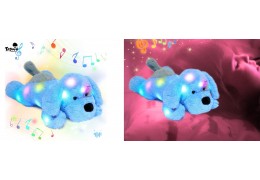
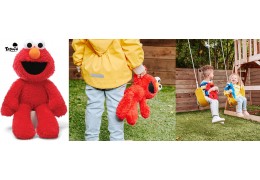


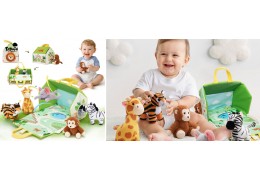
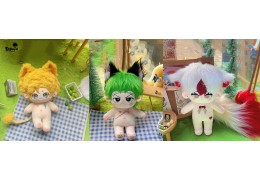
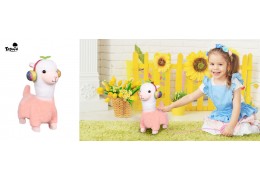

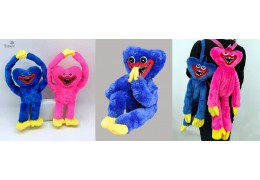
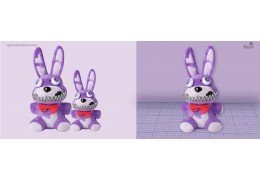
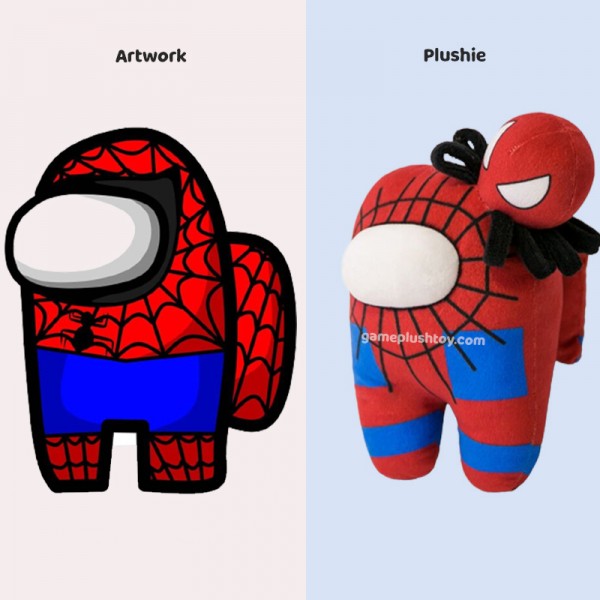
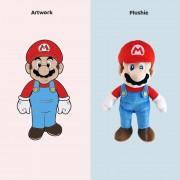
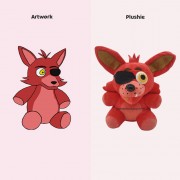
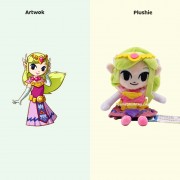
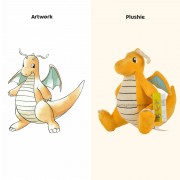
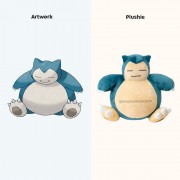


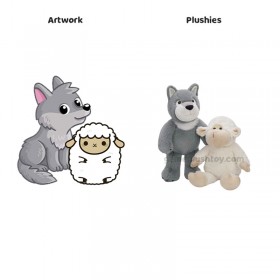
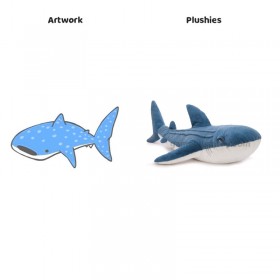
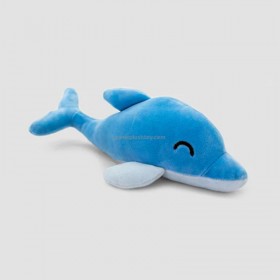
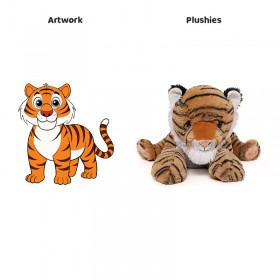

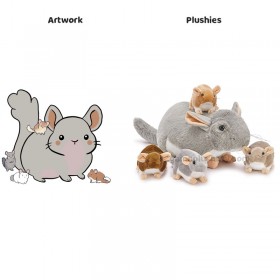
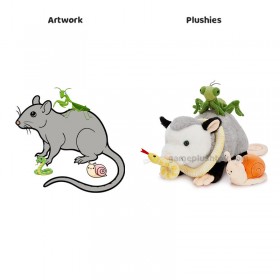
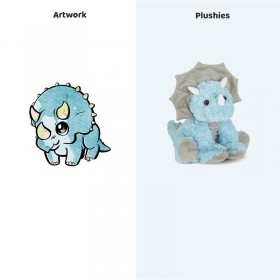
Top authors